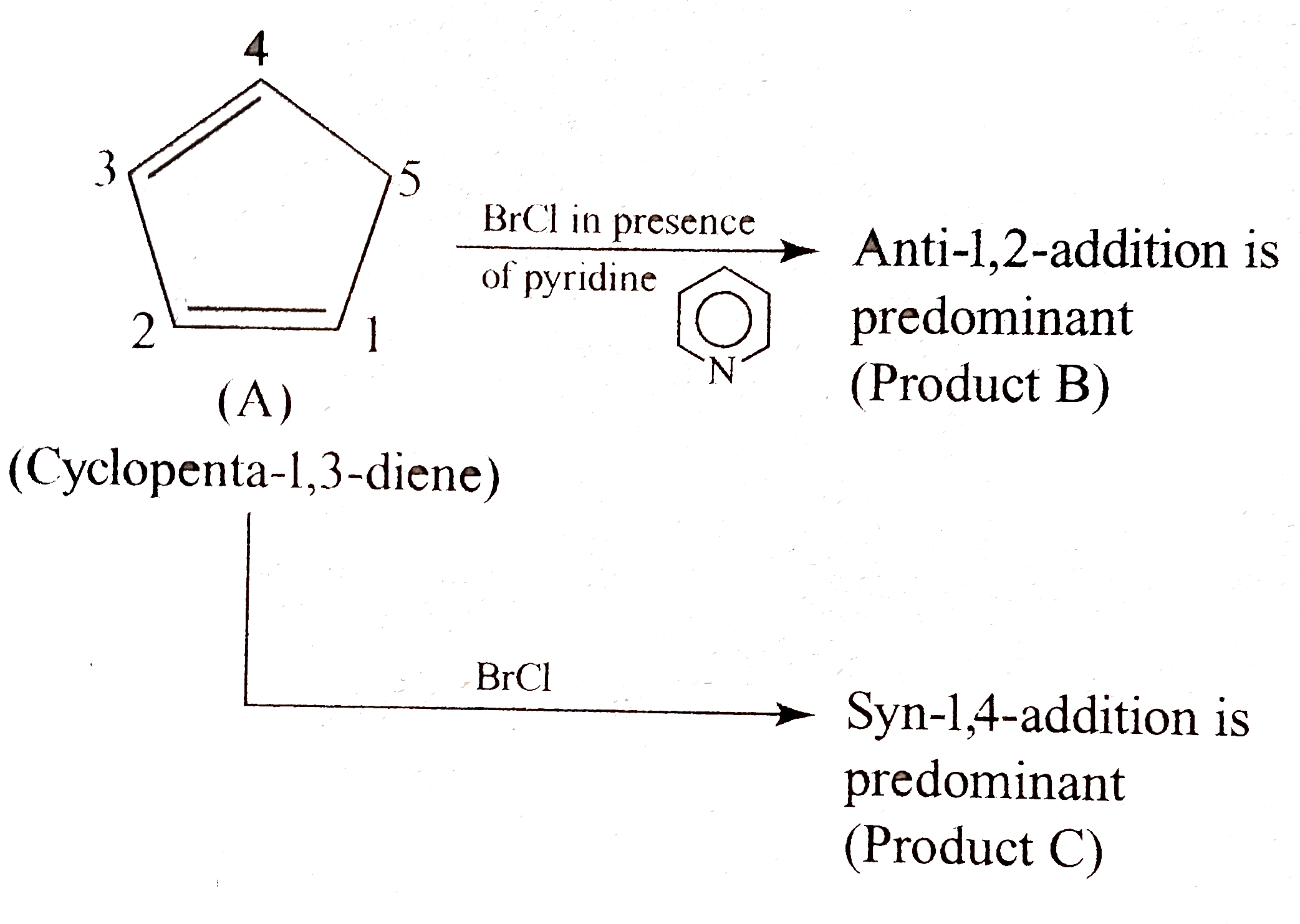Which of the following statement is/are wrong?
Beilstein test is a reliable test for halogens in organic compounds.
In Lassaigne's test for N, Prussian blue colour is due to the formation of ferro-ferri cyanide.
When FeCl3 solution is added to the Lassaigne's extract, a blue solution is obtained which indicates the presence of both N and S.
Molecular mass of an acid = Equivalent mass × acidity
The correct Answer is:A, B, C, D
To determine which statements are wrong, we will analyze each statement one by one based on the information provided.
1. Statement 1: Bilstein test is a reliable test for halogens in organic compounds.
- The Bilstein test is indeed used to detect halogens, but it is not reliable for all halogens. It works for chlorine, bromine, and iodine, but fails for fluorine. Additionally, it can give false positives with other elements like sulfur. Therefore, this statement is wrong.
2. Statement 2: In lessons test for nitrogen, Prussian blue color is due to the formation of ferroferric.
- The Prussian blue color in the determination of nitrogen is due to the formation of ferric ferrocyanide (Fe₄(Fe(CN)₆)₃), not ferroferric. The correct term is ferri-ferrocyanide. Thus, this statement is also wrong.
3. Statement 3: When FeCl₃ solution is essence extract, a blue solution is obtained, indicating the presence of both nitrogen and sulfur.
- When both nitrogen and sulfur are present, the addition of neutral FeCl₃ solution results in a blood red color of ferric sulfosinide (Fe(CNS)₃), not a blue solution. Therefore, this statement is wrong.
4. Statement 4: Molecular mass of an acid is equal to equivalent mass into acidity.
- The term "acidity" is not applicable in this context; it should be "basicity" for acids. Therefore, this statement is also wrong.
Conclusion:
All four statements are incorrect.
Answer: All statements (1, 2, 3, and 4) are wrong.
---
- The Bilstein test is indeed used to detect halogens, but it is not reliable for all halogens. It works for chlorine, bromine, and iodine, but fails for fluorine. Additionally, it can give false positives with other elements like sulfur. Therefore, this statement is wrong.
- The Prussian blue color in the determination of nitrogen is due to the formation of ferric ferrocyanide (Fe₄(Fe(CN)₆)₃), not ferroferric. The correct term is ferri-ferrocyanide. Thus, this statement is also wrong.
- When both nitrogen and sulfur are present, the addition of neutral FeCl₃ solution results in a blood red color of ferric sulfosinide (Fe(CNS)₃), not a blue solution. Therefore, this statement is wrong.
- The term "acidity" is not applicable in this context; it should be "basicity" for acids. Therefore, this statement is also wrong.
All four statements are incorrect.
Topper's Solved these Questions
- BOOK - CENGAGE CHEMISTRY ENGLISHCHAPTER - PURIFICATION OF ORGANIC COMPOUNDS AND QUALITATIVE AND QUANTITATIVE ANALYSISEXERCISE - Single Correct Answer Type40videos
PURIFICATION OF ORGANIC COMPOUNDS AND QUALITATIVE AND QUANTITATIVE ANALYSIS
- BOOK - CENGAGE CHEMISTRY ENGLISHCHAPTER - PURIFICATION OF ORGANIC COMPOUNDS AND QUALITATIVE AND QUANTITATIVE ANALYSISEXERCISE - Assertion Reasoning Type5videos
PURIFICATION OF ORGANIC COMPOUNDS AND QUALITATIVE AND QUANTITATIVE ANALYSIS
- BOOK - CENGAGE CHEMISTRY ENGLISHCHAPTER - PURIFICATION OF ORGANIC COMPOUNDS AND QUALITATIVE AND QUANTITATIVE ANALYSISEXERCISE - Linked Comprehension Type25videos
PURIFICATION OF ORGANIC COMPOUNDS AND QUALITATIVE AND QUANTITATIVE ANALYSIS
- BOOK - CENGAGE CHEMISTRY ENGLISHCHAPTER - PERIODIC CLASSIFICATION OF ELEMENTS AND GENERAL INORGANIC CHEMISTRYEXERCISE - Exercises (Archives )Subjective4videos
PERIODIC CLASSIFICATION OF ELEMENTS AND GENERAL INORGANIC CHEMISTRY
- BOOK - CENGAGE CHEMISTRY ENGLISHCHAPTER - REDOX REACTIONSEXERCISE - Archives (Integers)1videos
REDOX REACTIONS
Similar Questions
Which of the following statements is/are wrong?
View SolutionWhich of the following statements is/are wrong?
View SolutionWhich of the following statements is/are wrong?
View SolutionWhich of the following statements is/are wrong ?
View Solution
Which of the following statements is/are wrong ?View SolutionWhich of the following statements is/are wrong?
View SolutionWhich of the following statements is/are wrong?
View SolutionWhich of the following statements is/are wrong, about the more stability of chair form than boat form?
View SolutionWhich of the following statements is/are wrong?
View SolutionWhich of the following statements is/are wrong?
View Solution

